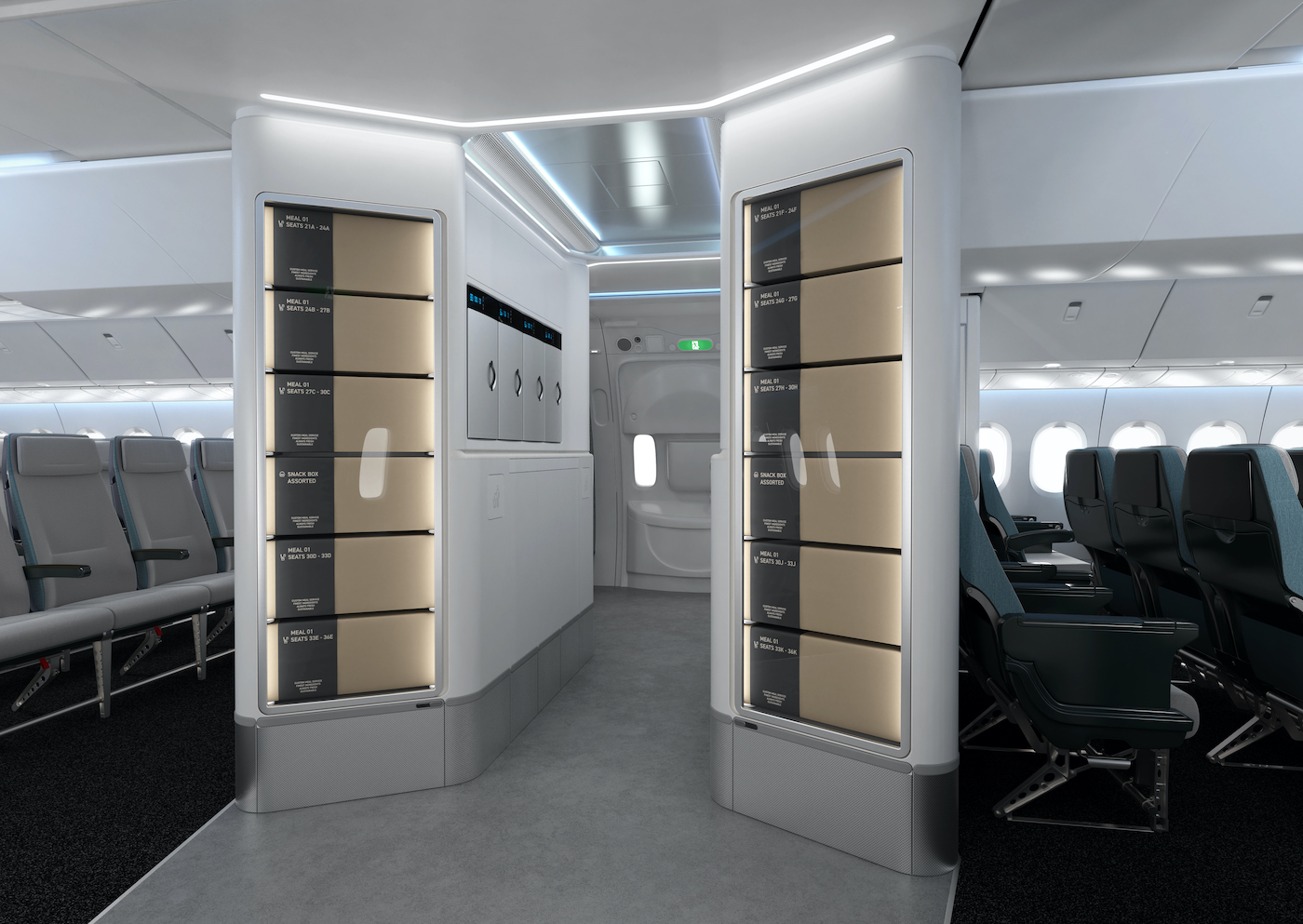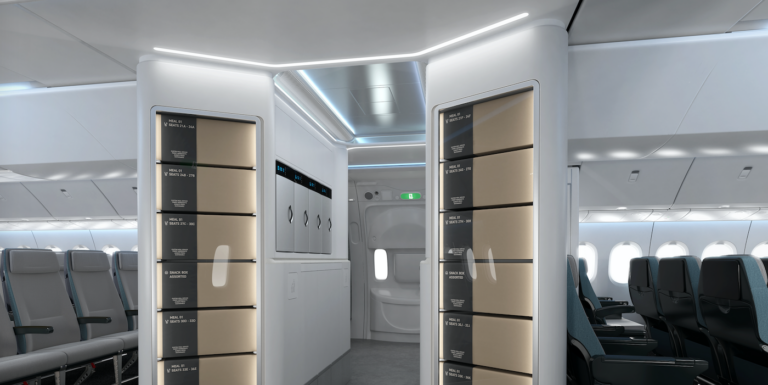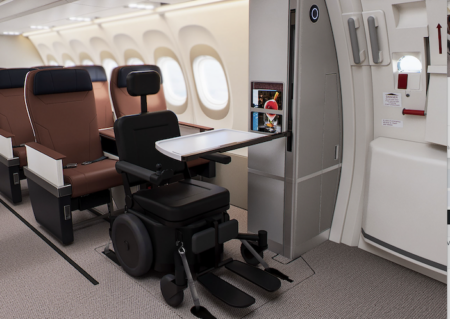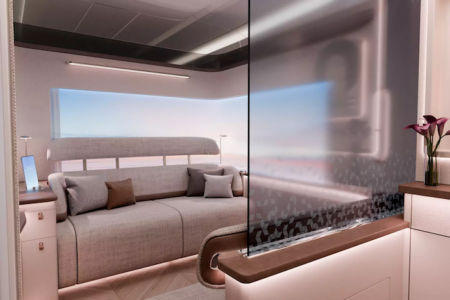The airline industry is taking tentative steps back to activity, but the big question is how best to achieve this safely. Undoubtedly people will start to travel again. To begin with, it may be mostly for family reasons – reuniting and repatriating – but other needs will soon arise, with people starting to travel for work again or simply deciding that the time has come to take a carefully considered holiday. Indeed, many airlines have pointed out that the aircraft itself is a safe environment due to the air filtration systems and new cleaning protocols, so air travel may well be a more viable option than some of the alternatives.
Hygiene measures
There are measures that can be taken, however, to improve hygiene and to put passengers more at ease with the idea of recommencing air travel. Antimicrobial surfaces have been much discussed in recent weeks and months, but there are other stages in the sanitisation process that also make a great deal of sense, with the aim of making surfaces easier to clean, reducing touchpoints and minimising contact between crew and passengers.
A new galley system
Prior to the Covid-19 situation, when we were all first planning our attendance at Aircraft Interiors Expo (AIX) in Hamburg and submitting entries for the Crystal Cabin Awards, AIM Altitude was creating a new galley system called ARCA. The ethos behind the system was to provide an eco-friendly meal-service system that saved significant space in the aircraft LOPA.
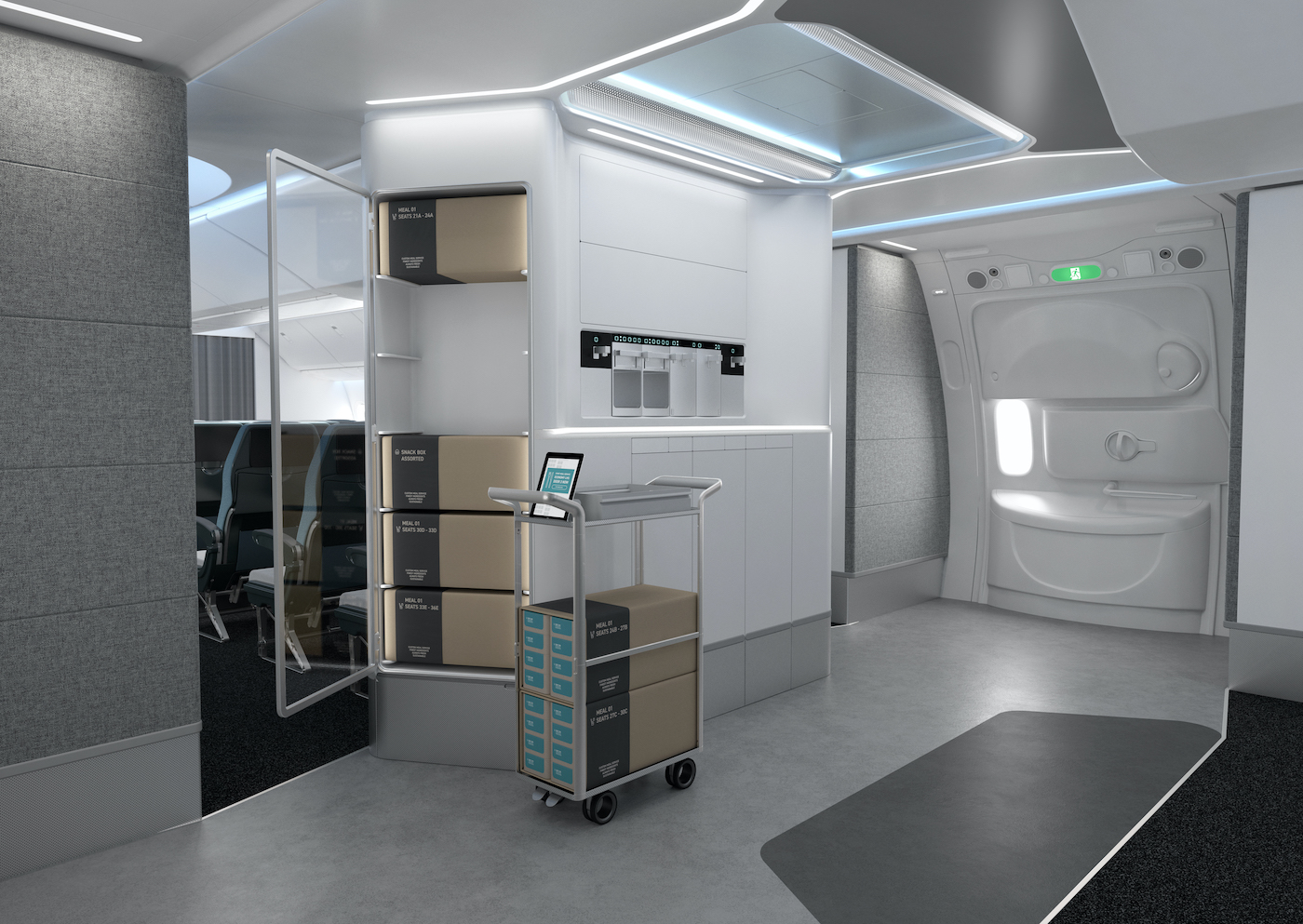
Boxed solution
As it happens, ARCA was even further ahead of its time than we realised. The concept behind the galley system is that meals are no longer served on traditional trays but instead come in pre-packed individual boxes. Two collapsible lightweight trolleys, each of which can hold 48 boxes, are used to serve the meals.
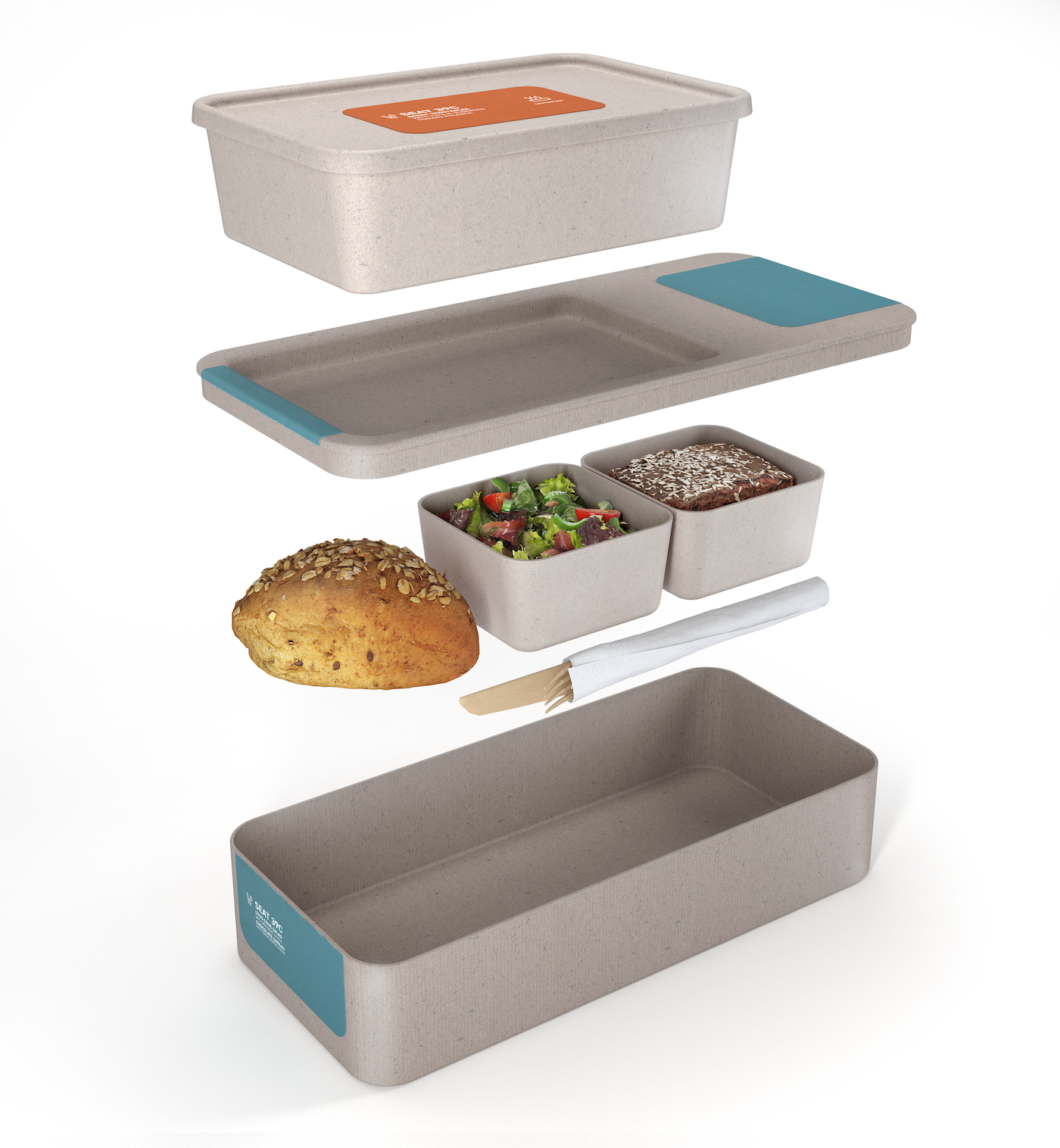
Rather than crew having to handle open meal trays packed with loose components, they can now simply take the hot meal from the top of the trolley, the cold box from below, and snap them together. Most contents are safely sealed away in the meal box. This system has obvious benefits for hygiene, passenger confidence, and minimising the risk of transmitting infection.
Eco credentials
In 2019, environmental damage was constantly in the headlines. While we battle with the global pandemic, the environmental issue is not going away. The airline industry must find a way to introduce new health and safety standards while still being conscious about its environmental impact. ARCA is a first step in reducing single-use plastics, improving onboard recycling, and potentially saving weight on board too.
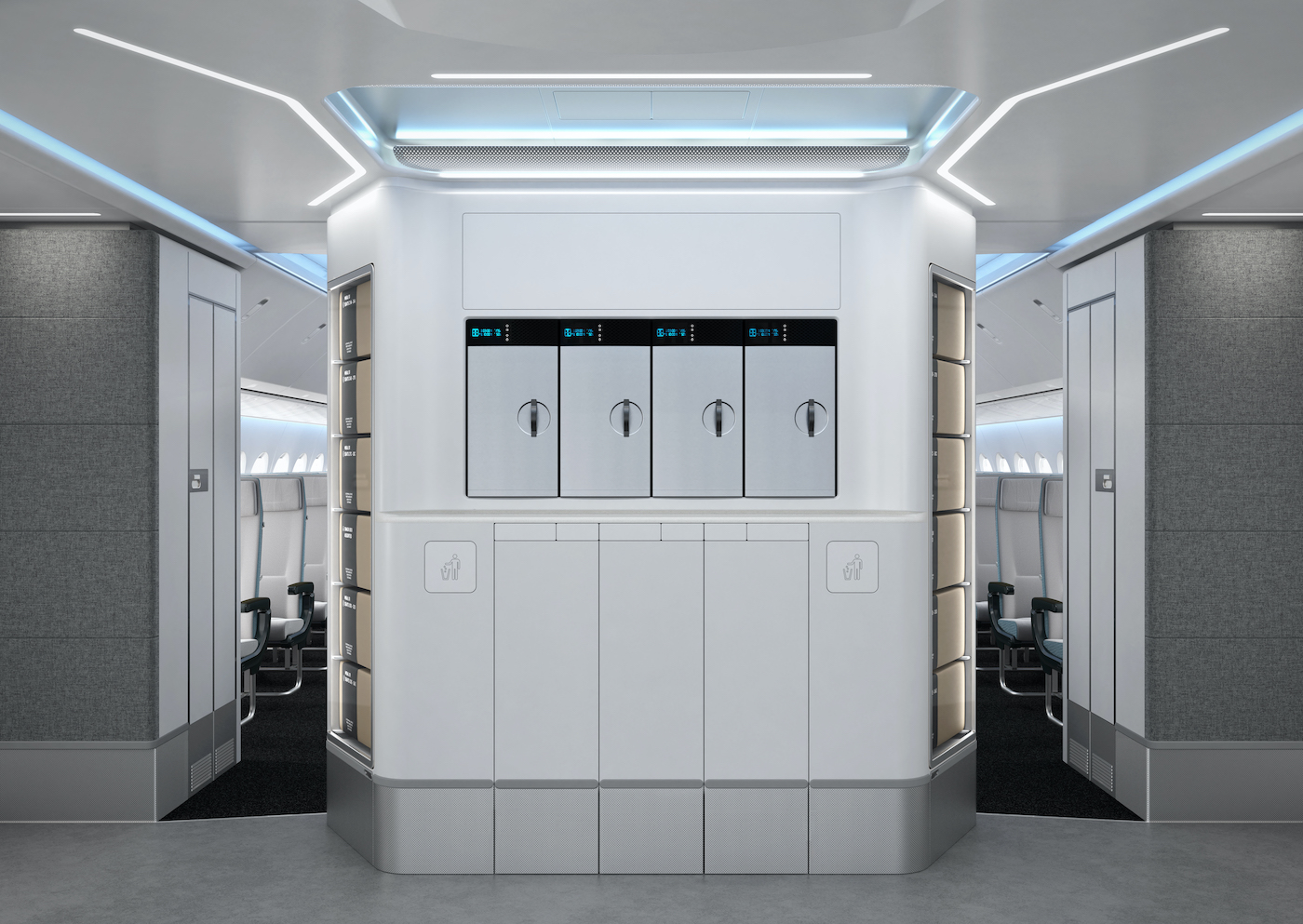
Crew safety
While the main discussion in the consumer press has been the safety of passengers on board aircraft, airlines will of course be equally concerned about the safety of their crew. The ARCA system also acts as a waste container, whereby the boxes can be closed by the passenger once they have finished their meal, with all used cutlery, uneaten food, etc safely shut away.
This feature was initially intended to divert waste from landfill, making it easier for crew to separate compostables and to compact recyclables. The benefits of reducing contact between crew and items that have been used by passengers have now also become clear.
Having fewer components for the meal service means there are fewer crevices and fiddly items to cleanse. ARCA is minimalist in design, with smooth, flowing lines and a simple structure. By simplifying the galley itself, the area becomes easier to clean and sanitise, designed to eliminate the split-lines, joints and nooks that can harbour bacteria.

Space saving
Airlines are in an incredibly difficult situation, needing to make changes to ensure passenger confidence, but not having the option of completely changing the aircraft LOPA. Major changes made now will appear so far down the line that, by the time they are implemented, Covid-19 may no longer be an issue. With the industry facing the current difficulties, what airline has the finances to consider a completely new cabin layout?
ARCA was developed to rethink the fundamentals of the galley. Since the 1960s, the size and shape of the galley have been predominantly dictated by the size and shape of the meal cart. The cart is a large, heavy item that requires large and heavy housing and retention methods. Now, needing only two collapsible lightweight trolleys, the architecture of the galley can be redefined, and space given back to the cabin. This space could be used to provide sanitisation areas, hygiene stations, or even just space for passengers to queue for the lavatory while maintaining social distancing.

Added value
ARCA works as a solution to many of the issues of Covid-19, but it also has the benefits for which it was originally created. Customer choice will still prove vital in differentiation, and ARCA enables the ultimate choice, with passengers able to select very specific meal options, catering for vegan and vegetarian diets, for example. This in itself means that there will be less food waste, as passengers will only be provided with the items they would like. The boxed system then allows for what little waste there is to be easily sorted and compacted, diverting waste from landfill.
With branding opportunities on the boxes themselves and options for the purchasing of additional food items, ARCA even provides the potential for additional airline revenue opportunities.
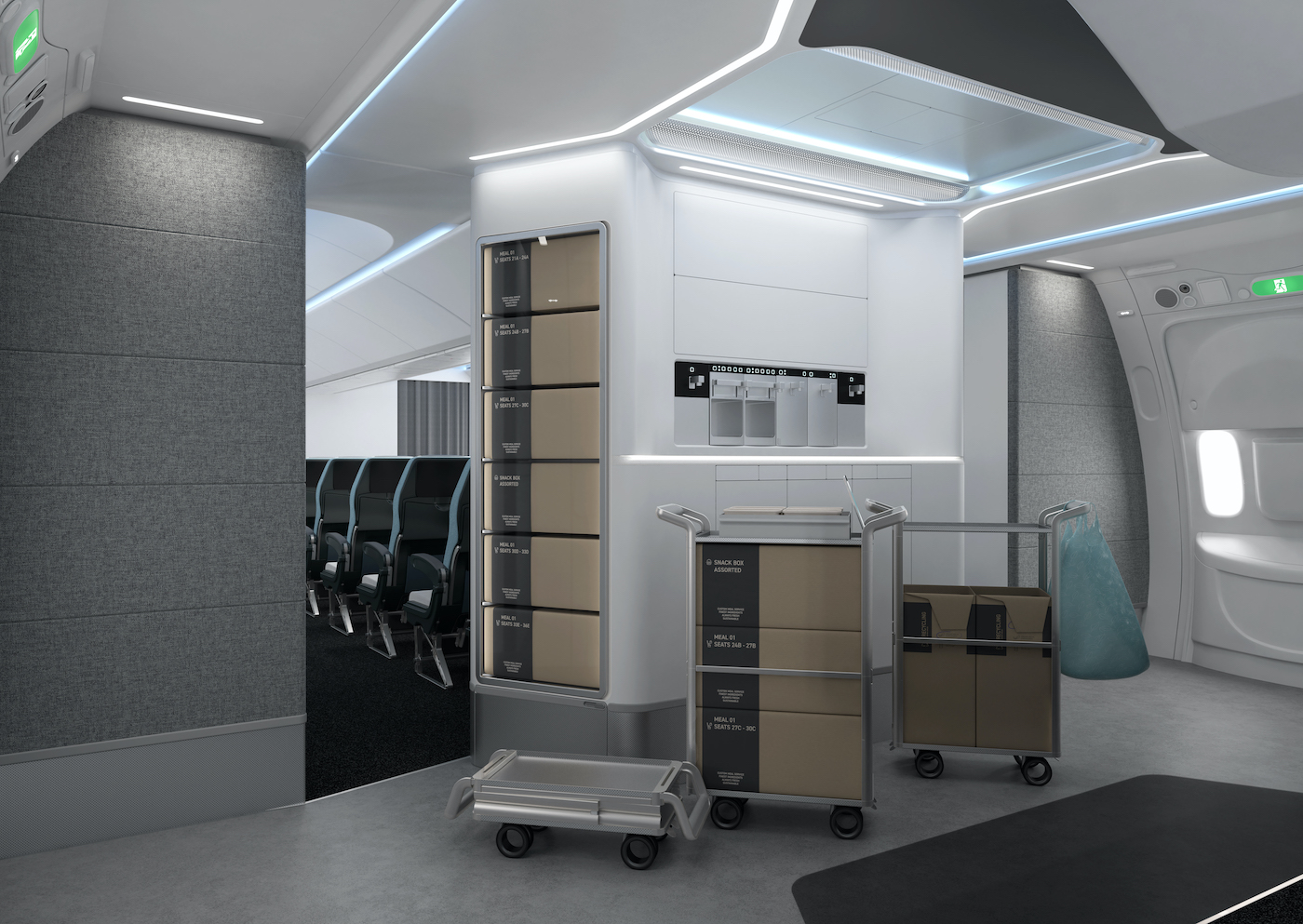
The way ahead
The way ahead will certainly be challenging for airlines, but there are solutions to the issues arising from air travel in the post-Covid-19 era. Some of the answers may seem a step too far or too expensive to implement, but others are already here and ready to be employed, not only solving some of the issues, but actually enhancing the aircraft experience.
